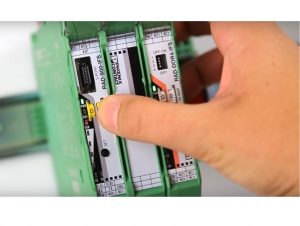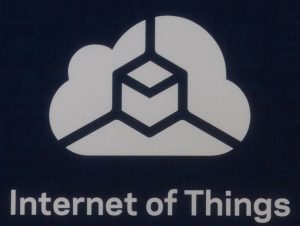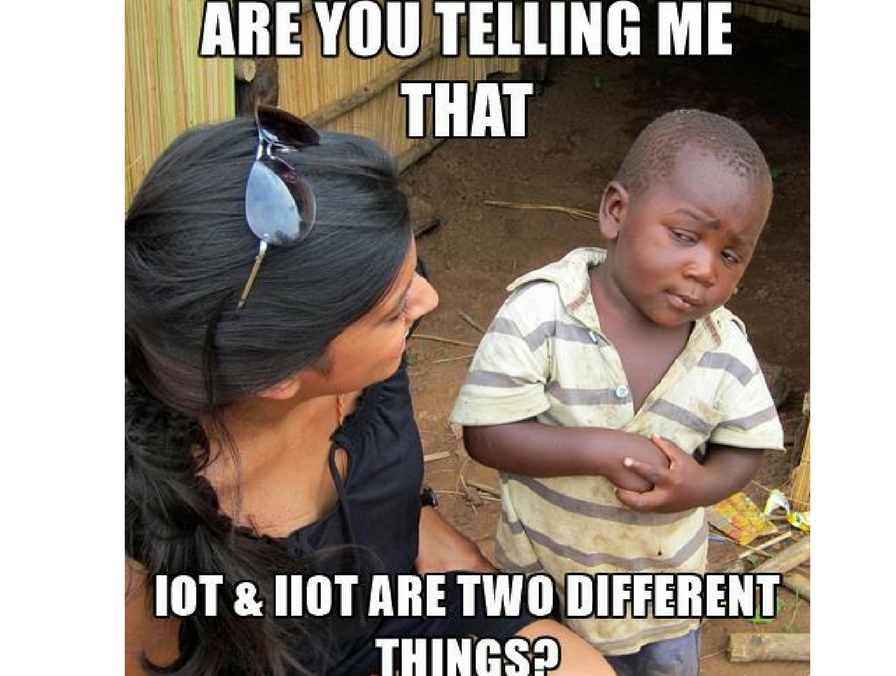Cut, Strip and Crimp Wires – Electrical wiring is integral in any building construction, electrical maintenance or rewiring works.
In today’s highly competitive market, businesses are looking for efficient shortcuts to hasten the task on hand.
If a particular task can be completed half the time at half the cost (or manpower), businesses can definitely reap the advantages.
QUALITY + CONSISTENCY
Problems facing Electricians and Technicians
Often the case for anyone and everyone, productivity is key in maintaining good client relationships and pair that with consistency, your business could go a long way.
Whether it’s in building construction, electrical maintenance or anything which requires electricity, there’s one thing that gets on everybody’s nerve – Wires. Wires, cables, cords or lines – Whatever you call them, they can be a menace.

“Of course I know what I’m doing. I’m an engineer”.
Cutting, Stripping and Crimping wires.
It’s a painstaking and laborious task. Admit it, we know. Even with extreme patience and discipline, there’s no other way around it.
Wire maintenance is a known problem and the task can be daunting especially for large scale projects.
Using conventional tools (or primitive ones) such as pliers, wire strippers and wire crimpers takes little or no effort if it’s just a small scale task but it could be a nightmare for electricians and engineers especially if they have to complete a rewiring task for the whole building!

“Martin, we have a wiring issue” (Courtesy: Warner Bros)
Here at Phoenix Contact our mission is not to just produce innovative stuff but, we want to bear your pains.
By understanding engineering pains could we then build better things to solve common problems.
Ok, before we identify the problems, let’s take a look at the current tools we have today:
Cutting Wires
Recognize this guy?

Tools from the stone age.
If you’re a technician or electrician this would already be an extension of your arms. This is a wire cutter and no rocket science needed. It cuts wires.
If you’re cutting wires for a living you know that it’s a pretty much a simple task. Snip and you cut the wires into two. But what if you have to cut long stretches of wires at the exact lengths.
Now imagine if you have to cut rolls and rolls of electrical cables at specific measurements within a limited timeframe.
Stripping Wires
Okay, so if you’re not into cutting wires, surely you would have to strip wires right?
At some point when you’re dealing with electrical cables, you may need to strip them.
Here comes this dude here:

You can surely find this tool in a museum
Maybe you can picture yourself cutting spools of wires. After all, anyone could do it with a pair of scissors or penknife.
But how about stripping wires?
Stripping wires require more dedication and accuracy. Not only do you need to be extra careful to not break the sensitive insides of the wire, you also need to apply delicate pressure to tear apart the rubber insulation.
You’ve imagined cutting rolls and rolls of wire. Now imagine stripping rolls and rolls of wire.
Talk about having a bad day.
Crimping Wires
If you’re dealing with electricity, or in general wires, you would know that cutting and stripping wires are just the tip of the iceberg.
We haven’t got to the fun part yet – Wire Crimping!

Manual Crimping is a hassle
Cutting seems like child’s play while stripping take a little more effort. But there’s just no denying that crimping keeps you awake at night.
Crimping wires is an art form that requires extreme dedication. If done wrongly you’ll be having a loose ferrule and that’s not good if you have a rewiring job with thousands of wires terminating at various points.
Locating just that loose wire (or bad crimping job) amongst the thousand of termination points could be a hassle and could double the effort. And using a manual crimping tool could be child’s play at first but after awhile you’ll get hand aches and sore fingers.
Complicated and hard work right?
Anyone could crimp a wire but to crimp multiple wires is just insane. The next thing you know, you’ll be looking like this man over here:

“Come with me if you want to Crimp”. (Courtesy: Orion Pictures)
So if we were to sum it up, imagine if you have to CUT, STRIP and CRIMP rolls and rolls of wires. Even if you outsource the job, it’s going to cost you.
Other than cost, you also have to factor in the time taken to cut wires (ensuring they’re evenly cut into exact lengths), crimp (to ensure they’re securely attached to the ferrules) and strip them (being careful enough to not cut more than intended) – Phew!
Cost and time aside, you’re also facing safety issues and also ensuring quality so that your client becomes a returning client each and every time.
Solutions to Everyday Problems
As said earlier, we hear your pains and then translate that into solutions.
Over at Phoenix Contact we have introduced revolutionary productivity tools to solve your wiring woes (all at a fraction of the cost!).
We present to you the A-Team for Wire Maintenance! (Drumroll….)

Bad boys, bad boys…Whatchu gonna do
The CUTFOX10 (The wirecutter)
The CUTFOX10 cuts almost any wire and is ideal for heavy duty cable trimming activities. With a user-friendly display and safety mechanism, the CUTFOX10 is built for speed and usability.

Steps on using the CUTFOX10:
- All one needs to do is placed the wires onto the rollers of the CUTFOX10 and then close the covers.
- Set the desired length and quantity on the user-friendly display (and it comes in multiple languages so do learn a new foreign language or two).

- Once you press the Start button (which is the green button – how convenient!), the CUTFOX10 will cut the desired length and required quantities of your wires. It’s that simple!

| Features |
Benefits |
|
|
- No prior knowledge needed to operate
|
- Cuts conductor, cables and similar profiles
|
- Cuts wires in a matter of seconds
|
|
|
- Automatically cuts to the desired length with a push of a button
|
The WF1000 (The stripper)
Don’t let the name fool you. This weapon is a must have in your arsenal for stripping cables, even those with special insulation types. Since it is built to specifically strip wires, the WF1000 also does partial stripping and also ensures that pressure points on sensitive insulation are avoided. With just a touch of a button, you can strip cables with diameters ranging from 0.08mm² to 6 mm².

Again, we make it in such a way that you can use the machine in 3 easy steps:
- All one needs to do is turn the knob to the desired diameters (we even provide the dimensions on top of the machine for quick reference).


- Once you’re happy with the configuration, insert those wires into the WF1000.

- Enjoy the detailed cut, you deserve it (it’s actually only 2 steps but we’ll make step 3 serves as a reminder of your success).

| Features |
Benefits |
- Wire dimension diagram on machine
|
- Fast reference without requiring third party reference
|
- Easy to operate controls – knobs for diameter adjustments
|
- Strips wires with precision without physical strength
|
- Built for wire stripping in mind
|
- Strips almost any type of wires, even those heavy insulated ones
|
The CF500 (The Crimp)
While the WF1000 strips, the CF500 was made to Crimp wires. With a range of crimping die dimensions, it crimps various types of cables. With a build in protective cover and step pedal for easy operation, the CF500 is designed for safety and convenience.

By now you should already know that we simplify the usage within 3 simple steps:
- Apply the correct die for the crimping job. As seen in the picture below, it only takes 45 seconds with the use of our specialized Hex Key (you heard that right, only 45 seconds).

- Once the desired die has been bolted, attached the enclosure to ensure maximum safety when using the device (without the protective cover attached,the machine would cease to operate). With the die and enclosure secured, you then need to press the buttons on the display.


- Once you’re satisfied with the configuration, it’s time to crimp! Insert the wire into the mouth of the die and let your feet do the pressing (with our crimping tools, we let your hands do other important tasks – like having a sandwich while your foot does the labor).

And there you go folks! You have your wires crimped at half the time and half the effort (or should I say, quarter the time, quarter the effort). Say goodbye to working overtime.

| Features |
Benefits |
- Build in display and buttons
|
- Crimps within seconds, with a simple touch of a button
|
|
|
- Won’t operate if the enclosure or the die is loose.
|
- Multiple die for multiple crimping jobs
|
- List of accesories and compatibility with various ferrule designs
|
So in summary we’ve got tools that cut, strip and crimp your wires, turning meaningless chores into passionate hobbies.
BUT WAIT! There’s more!
In some cases, you might need strip and crimp at the same time and utilizing two different machines could take time (and it might cost you to have two separate machines).
Well, we hear you! Say no more!
The CF1000 (2 in 1 Strip/Crimp Behemoth)
While Phoenix Contact carries two different devices for Stripping and Crimping, with the CF1000, it incorporates both activities into a single powerful machine. The user-friendly interface and easy operation make daunting task seemed effortless. The CF1000 is built to withstand heavy duty and prolong usages.

This monster of a machine can be summed up in 3 easy steps (never more, never less):
- Depending on whether you’re stripping or crimping, you can just flip the appropriate switches (there are only two options so no room for mistakes there) and then set the knob to the desired diameter for stripping.

- If you’re stripping, you could insert the wires in the hole and witness magic happen before your eyes. If you’re crimping and stripping, you need to dump the ferrules in the turbine-like bowl at the top of the machine. And then, naturally, magic happens when you insert the wire into the hole.


- And you’re done! Once the wires have been inserted (either stripping or crimping), you’ll get the end result.

| Features |
Benefits |
|
|
- Option to Crimp or Strip wires in seconds
|
- 1000 conductors can be processed an hour
|
- Easy to use, no prior knowledge needed
|
- Built for heavy duty, long hours
|
- Comes with accessories to meet your industrial demands
|
The CF3000 (2 in 1 Strip/Crimp on-the-go)
Unlike the CF1000, Phoenix Contact’s CF3000 model is made with mobility in mind. While the CF1000 is ideal for industrial usage, the CF3000 allows both Stripping and Crimping on the go. Users only need to feed the reel of ferrules and the CF3000 will crimp/strip cables within a matter of seconds – just like a machine gun.

I’ll show you (no stranger here. In 3 easy steps):
- Open the safety hatch and slide the safety panel. Insert the box of ferrules of your choice on to the safety panel shown below.

- Just like bullets on a machine gun, load the ferrules (or ammo as I call it) into the feed fixture as shown below. Once you’ve load the ferrules till you no longer can, that means you’re good to go.


- With the ferrules primed and ready, it’s time to put this baby to the test. Close the safety hatch and then you can start inserting the wires into the hole shown below. Be amaze at how fast the wires are being stripped and crimped.


| Features |
Benefits |
|
|
- Easy to use, no prior knowledge needed
|
- 1200 conductors can be processed an hour
|
- Option to Crimp or Strip wires in seconds
|
|
|
- Comes with different ferrules and accessories for on the go wire maintenance
|
FOOD FOR THOUGHT: The CF1000 and The CF3000 may not look identical but their functions are similar, they both Strip and Crimp your cable within seconds. The only difference is that the CF1000 is great for industrial usage and requires a compression tank fitted into the machine. The CF3000, however, requires only electricity.
With that said, the CF3000 requires manual insertion of the ferrules to start the crimping process, whereas with the CF1000, you can pour in a whole box of ferrules and the job can commence.
So you see folks if you have any wire woes look no further. Phoenix Contact has the solution.
With business picking up you need to ensure that you concentrate more on customer servicing and the actual wiring job rather than menial task such as cutting, stripping and crimping wires.
Our products are made in Germany so expect the best in terms of quality and precision. They’re also built for safety and easy usage so anyone can get a head start.
Why Phoenix Contact’s Productivity Tools?
- Saves time and effort – by relying on technology to automate task.
- Provides consistent quality– preset your measurements and let the machines cut, strip and crimp to precise results.
- User-friendly – Electricians, Technicians and even students have used our tools.
Schools and laboratories have used it, building contractors have used it, major global companies have used it and now, you could too!
*Psst…Did we say that it’s on promotion now?
For more information on our products, visit our promotional website below:
Cut, Strip, Crimp Promotion















































